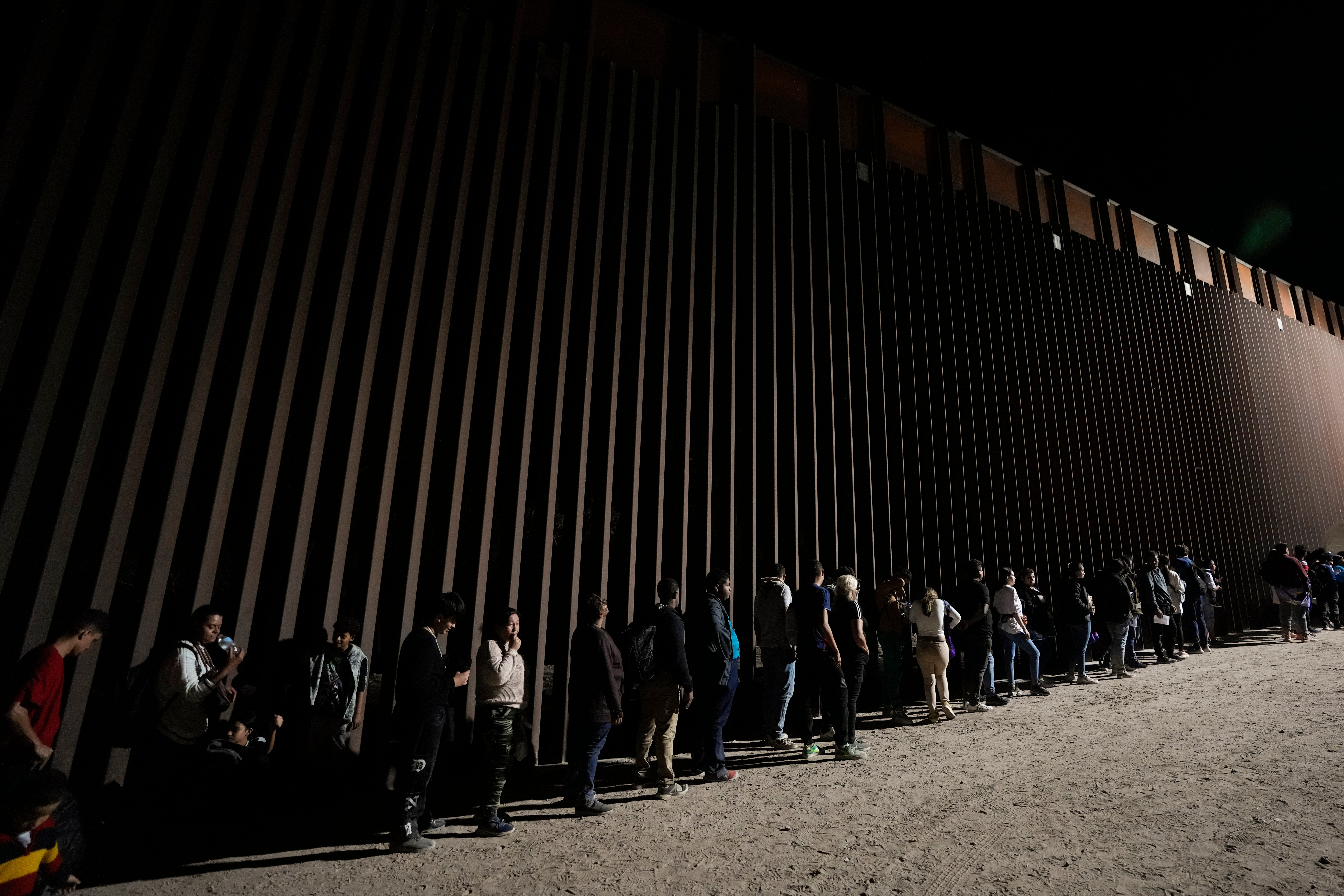More refugees to come from Latin America, Caribbean under Biden's new 125,000 refugee cap
As the number of migrants coming to the U.S.’s southern border is climbing, the Biden administration aims to admit more refugees from Latin America and the Caribbean over the next year

As the number of migrants coming to the U.S.'s southern border is climbing, the Biden administration aims to admit more refugees from Latin America and the Caribbean over the next year.
The White House Friday released the targets for how many refugees it aims to admit over the next fiscal year starting October 1 and from what regions of the world.
The total is 125,000 — the same as this year.
But in a significant shift, the administration said it aims to admit 35,000 to 50,000 refugees from Latin America and the Caribbean compared to this year's goal of 15,000. Concurrently, the number of refugees it aims to admit from Europe and Central Asia went down from 15,000 to between 2,000 to 3,000 in the coming year.
The administration also got rid of an “unallocated reserve” from previous years that allowed it to set aside some slots and use them in any region.
The decision on next year’s refugee cap comes as the U.S. is seeing unprecedented numbers of migrants coming to the southern border, many hoping to seek asylum in the U.S. The administration has been under intense pressure from fellow Democrats to deal with the issue while also being hammered by Republicans who allege the administration has done little to secure the border.
The cap is the target for how many refugees the United States aims to admit from around the world in any given year, but it doesn’t necessarily mean the U.S. will admit that many. As of August, the U.S. had admitted only about 51,000 of the possible 125,000.
The Jewish humanitarian organization HIAS said in a news release Friday that they welcomed the number set by the president, calling it a “worthy target.” But the organization’s President and CEO Mark Hetfield noted there was a still a lot of room between the number of refugees the administration said it aimed to admit this year and how many actually got to come.
“Though the pace of arrivals has picked up from the previous fiscal year, a lot of work needs to be done in the coming year to make sure the Presidential Determination is more than an aspirational number,” Hetfield said.
For decades, America admitted more refugees each year than all other countries combined, only to fall behind Canada in 2018.
Admissions under the program hit an all-time low of 11,411 in 2021 after dramatic cuts by the Trump administration. But this year has seen a rise in the number of refugees admitted to the U.S. following government efforts to beef up staffing and make more trips to foreign countries to interview prospective refugees.
Refugee status is different from other types of protection, such as asylum.
To be admitted as refugees, people have to be living outside the U.S. They are generally referred to the State Department by the U.N.’s refugee agency and then U.S. officials interview and vet them while they’re still abroad. To seek asylum, a person has to be on U.S. soil.
Subscribe to Independent Premium to bookmark this article
Want to bookmark your favourite articles and stories to read or reference later? Start your Independent Premium subscription today.
